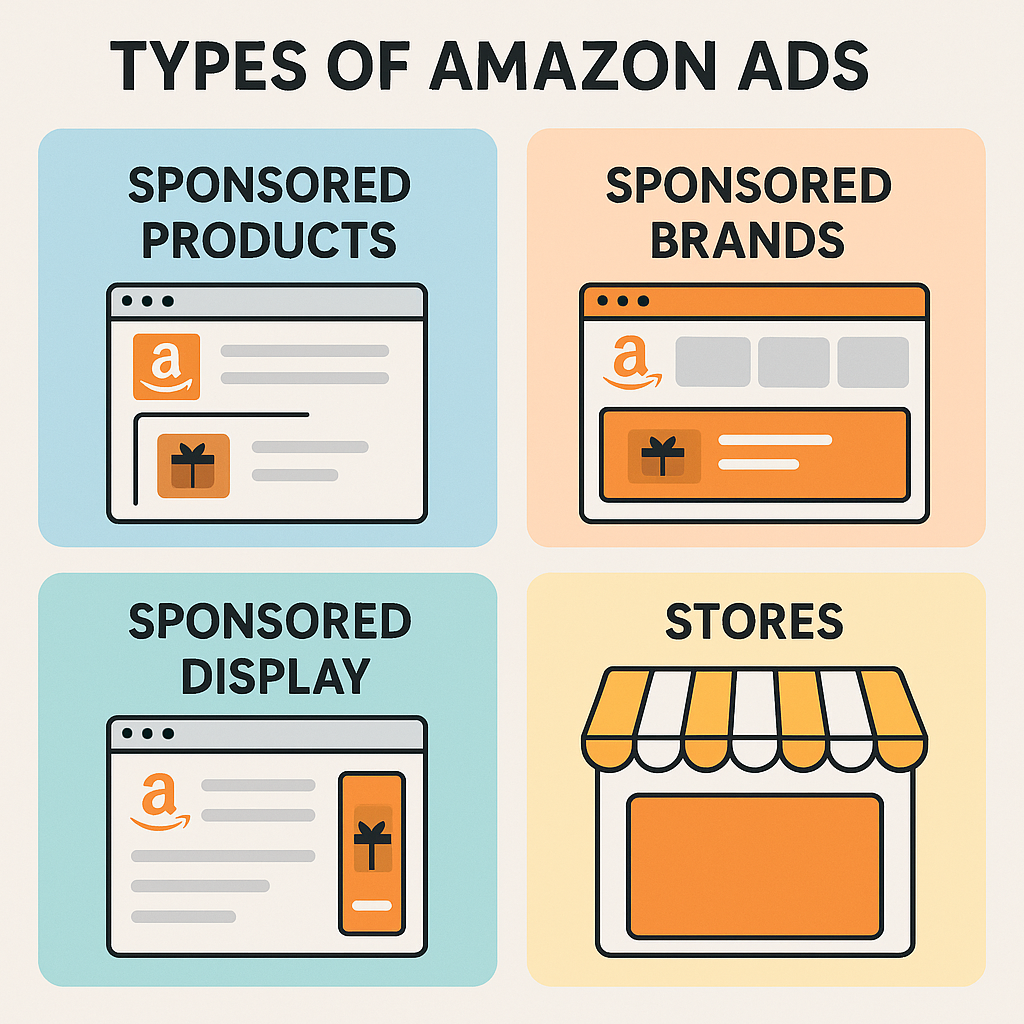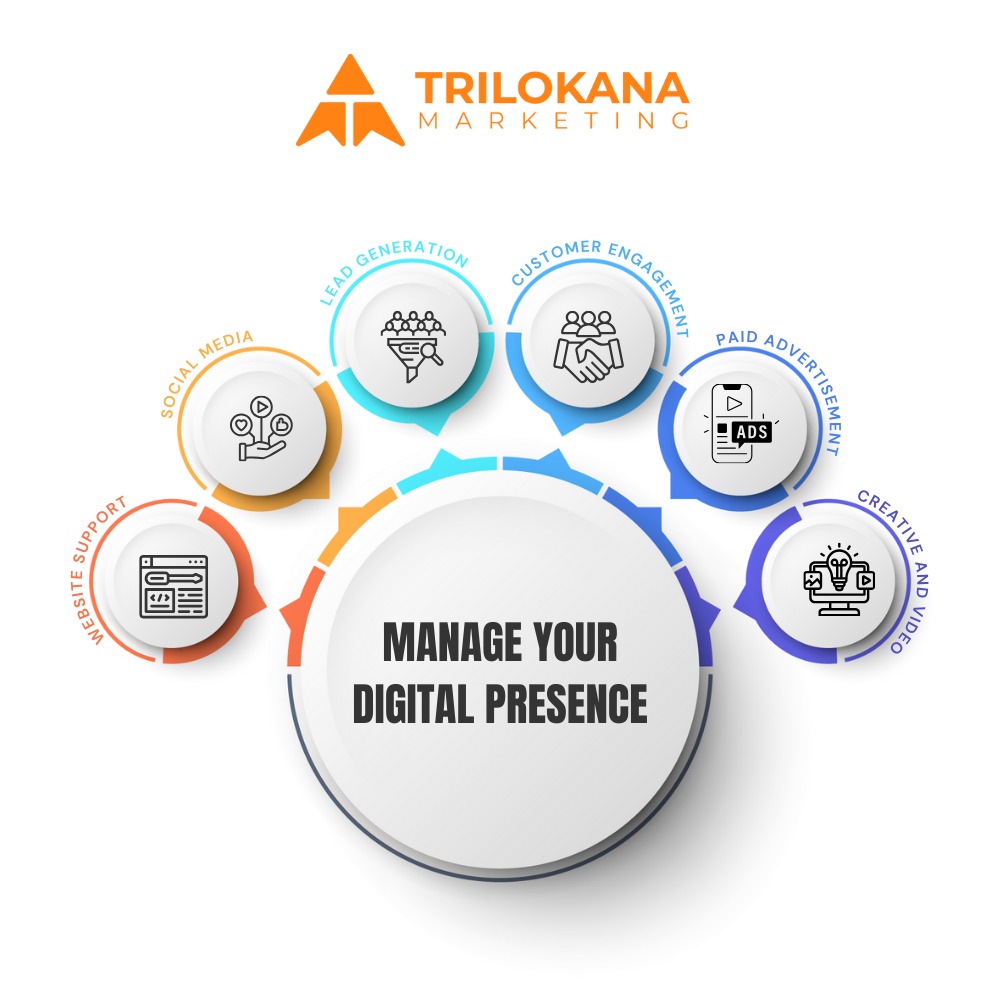Is Amazon taking over the world? It sure feels like it—especially if you’re anything like me and find yourself spending half your paycheck on Amazon Prime. Whether I’m stocking up on cleaning supplies, trying out new kitchen gadgets, or buying my favorite snacks in bulk, Amazon’s convenience is hard to resist.
Amazon India has over 450 million monthly users and 65.9 million Prime subscribers. With nationwide delivery, low startup costs, and strong logistics, it offers sellers massive reach and growth potential. Over 18,000 sellers have already earned ₹1 crore+, making it a powerful platform for scaling online businesses in India and even exporting globally.
If you’re not already advertising on Amazon, you’re missing out on one of the most powerful platforms for product visibility and sales. This blog post is your beginner’s guide to understanding Amazon ads, how they work, and how to get started.
Why Advertise on Amazon?
Amazon doesn’t just know what people are searching for—it knows what they’re buying. While Google holds search data and Facebook captures interest levels, Amazon holds the keys to actual purchase behavior. That’s why it’s such a powerful place to advertise.
If you’re already investing in Google Shopping, Facebook Ads, or Instagram, it’s time to add Amazon Ads to your multi-channel strategy. For e-commerce businesses, it’s a no-brainer.
What Are Amazon Ads?
Amazon ads work similarly to Google search ads. When users search for a product, the top results often include “Sponsored” listings—these are paid advertisements. Brands bid on keywords, and when shoppers click their ad, the advertiser pays (i.e., cost-per-click or CPC).
But Amazon ads don’t just appear in search results. They also show up on product detail pages and across Amazon’s entire platform, making them incredibly visible to purchase-ready consumers.
Types of Amazon Ads
Amazon offers several ad types tailored to different goals. Here are the various types of amazon ads :
Amazon offers several types of ads to help sellers and brands reach potential customers at different stages of the buying journey. Here’s a breakdown of the main types of Amazon ads:
🔍 1. Sponsored Products
- What it promotes: Individual product listings.
- Where it appears: Search results, product detail pages.
- Best for: Driving traffic to specific products.
- Who can use it: Sellers, vendors, and agencies.
🛍️ 2. Sponsored Brands (formerly Headline Search Ads)
- What it promotes: Brand logo, custom headline, and multiple products.
- Where it appears: Top of search results.
- Best for: Increasing brand awareness and product range exposure.
- Who can use it: Registered brand owners (via Amazon Brand Registry).
🧺 3. Sponsored Display
- What it promotes: Product or category-related ads shown to relevant audiences.
- Where it appears: On Amazon (product pages, homepages) and off-Amazon (apps, websites).
- Best for: Retargeting, audience targeting, and increasing product visibility.
- Who can use it: Vendors and registered sellers.
📺 4. Amazon DSP (Demand-Side Platform)
- What it promotes: Video and display ads across Amazon and third-party platforms.
- Where it appears: On and off Amazon, including Fire TV, IMDb, and apps.
- Best for: Advanced audience targeting, brand campaigns, and remarketing.
- Who can use it: Brands with larger budgets (self-service or managed service).
🎥 5. Video Ads
- What it promotes: Short product or brand videos.
- Where it appears: Within Amazon (search results, product pages) and on platforms like Fire TV, IMDb.
- Best for: Storytelling, brand engagement, and product demonstration.
- Who can use it: Registered brands via Sponsored Brands Video or DSP.
📦 6. Stores (not an ad but ad-compatible)
- What it is: A multi-page branded storefront on Amazon.
- Can be used with: Sponsored Brands and DSP ads.
- Best for: Building brand experience and showcasing full product lines.
Self-Serve vs. Premium Ads
Amazon offers both self-serve and premium advertising options. Here’s a quick breakdown:
- Self-Serve Ads: Best for sellers using Amazon Seller Central. These are easy to set up and manage and work similarly to Google Ads.
- Premium Ads: More like traditional display advertising with larger banner placements. These ads may also appear outside Amazon on partner websites and are typically used by larger brands.
Cost of Amazon Ads
The average cost per click (CPC) on Amazon India typically ranges between ₹3 to ₹8, depending on the product category and competition. This makes it highly cost-effective—especially when compared to platforms like Google Ads, where CPCs often start at ₹10–₹30 or more. Plus, Amazon shoppers usually have high purchase intent, meaning your ad spend is more likely to convert into actual sales.
Getting Started: Amazon Seller vs. Vendor
To advertise, you’ll need either a Seller Central or Vendor Central account.
- Seller Central (3rd-party sellers): Ideal for businesses that want to retain control. You manage your listings, shipping, and ads.
- Vendor Central (1st-party vendors): This is invitation-only and typically for larger brands. Amazon buys your products and sells them directly.
There’s also Vendor Express, which provides an alternative for sellers wanting to go the vendor route without an invite.
Tips for Amazon Advertising Success
Once you’re ready to dive in, use these tips to boost visibility and ROI.
- Structure Campaigns by Product Category
Like Google Ads, your campaigns should be organized. For example:
- Campaign: Women’s Activewear
- Ad Group 1: Yoga Pants
- Ad Group 2: Running Pants
- Ad Group 3: Sports Bras
Use relevant keyword sets (15–30 per ad group) and targeted ad copy for each.
Here are some key tips for Amazon advertising success, especially tailored for sellers and brands in India:
✅ 1. Start with Keyword Research
- Use tools like Amazon’s Keyword Planner or third-party platforms (e.g., Helium 10, Jungle Scout).
- Target high-converting, long-tail keywords relevant to your product.
✅ 2. Use Automatic and Manual Campaigns
- Automatic campaigns help discover new keywords. Start with Automatic campaigns, identify best performing keywords
- Broad Match Campaigns – Start with Broad Match campaigns to identify new relevant keywords.
- Manual campaigns let you fine-tune targeting and optimize performance.
- Exact Match Campaigns – Identify high converting keywords and move to Exact Match Campaigns.
- Negative Match Keywords – Setup Negative Keywords for each campaign to reduce waste expenditure
✅ 3. Optimize Product Listings
- Ensure high-quality images, compelling titles, bullet points, and A+ Content.
- Well-optimized listings improve your ad relevance and conversions.
✅ 4. Focus on Profitable Products
- Advertise bestsellers or products with good reviews and healthy margins.
- Avoid spending on underperforming SKUs unless part of a broader strategy.
✅ 5. Use Negative Keywords
- Regularly add irrelevant or non-converting keywords to your negative list to reduce wasted ad spend.
✅ 6. Monitor and Adjust Bids
- Start with competitive bids and adjust based on performance.
- Use dynamic bidding strategies to maximize results.
✅ 7. Leverage Sponsored Brands & Display Ads
- Promote your entire product line and build brand recall.
- Great for cross-selling and remarketing.
✅ 8. Track Key Metrics
- Monitor ACOS (Advertising Cost of Sale), CTR, Conversion Rate, and ROAS.
- Optimize campaigns weekly or bi-weekly based on data insights.
Ready to Get Started?
Advertising on Amazon can be a game-changer for your e-commerce business. With millions of active users, high purchase intent, and cost-effective CPCs, there’s never been a better time to tap into Amazon’s powerful ad platform.
Start small, stay organized, and scale strategically. Soon enough, you might just find yourself wondering how you ever sold products without it.
Trilokana Marketing with experience across 100+ D2C brands, offers expert Amazon ad management and optimization services, helping brands boost visibility, drive sales, and maximize ROI. From Sponsored Ads to DSP campaigns, we handle end-to-end strategy, targeting, and performance analysis to ensure your products reach the right audience at the lowest cost per conversion.
Contact us for an audit of your existing Amazon ad campaigns.
To know more about Amazon ads, read the following articles.



